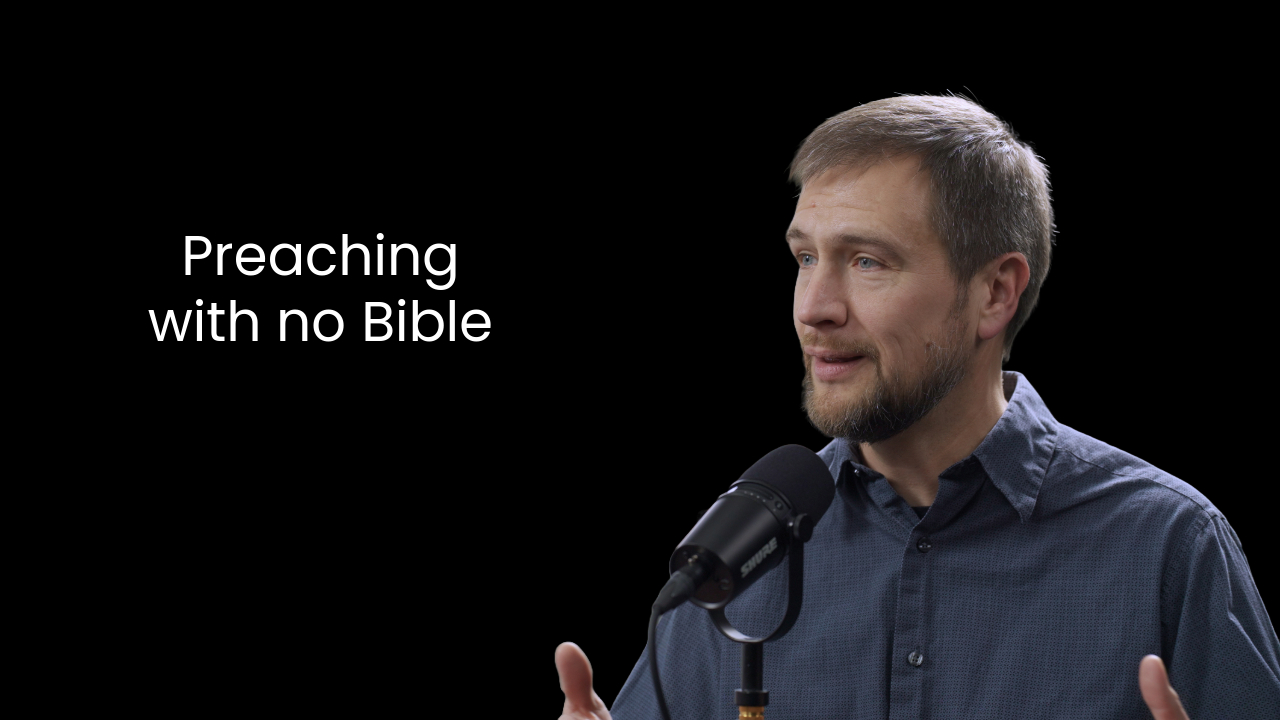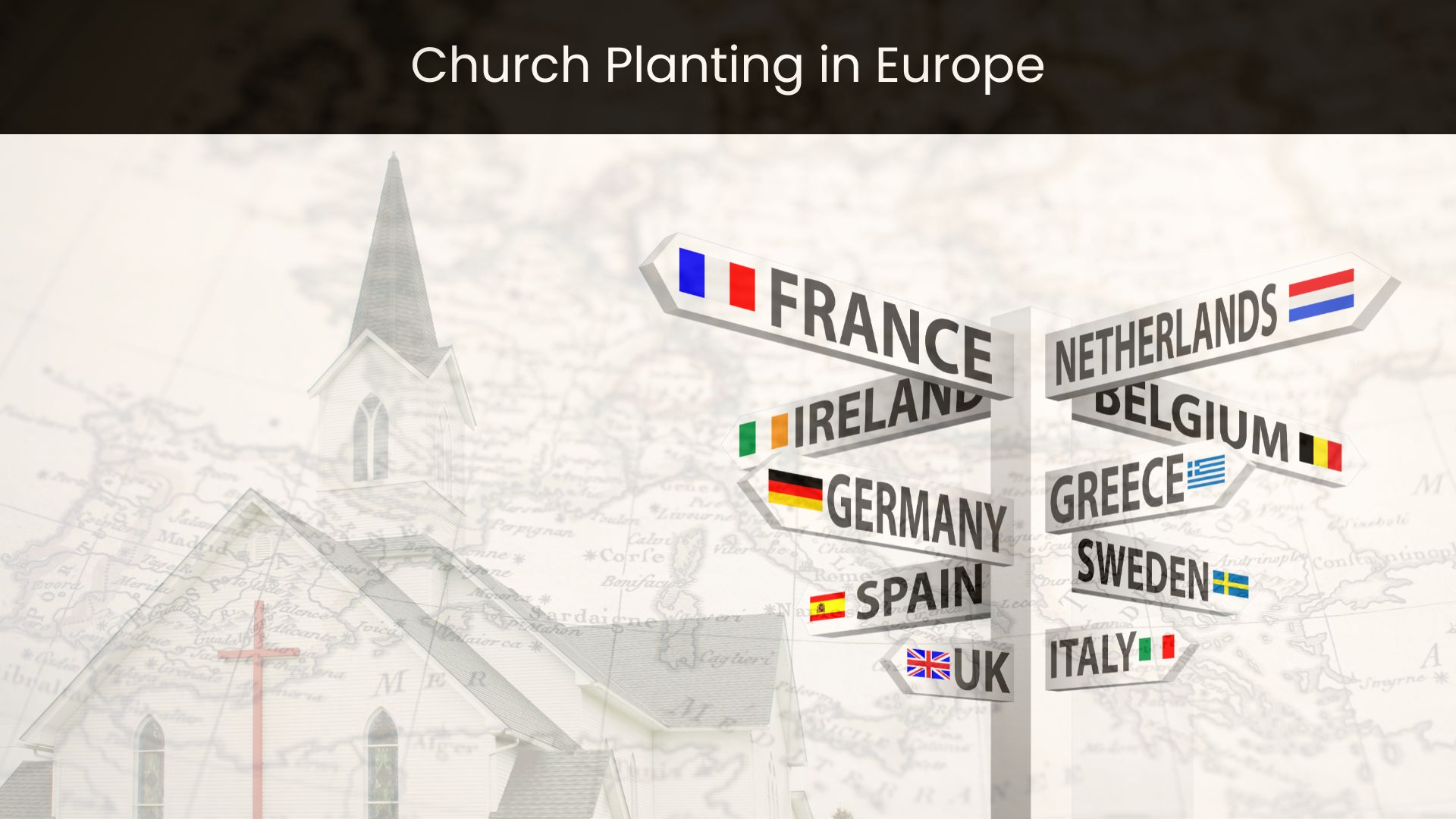The following is taken from an interview with Matthew Landis conducted by Reagan Schrock.
Social media (and technology in general) is a big question among Anabaptists. When computers first came out, they were not used to interact with others in natural and social ways. They were very technical, and people did not think of them as a tool to connect with one another. Now things have changed, and computers have gotten much easier to use. Older media, like TV and radio, were used to broadcast messages to many people at once. Social media, on the other hand, involves individuals interacting on a social level. Another interesting aspect of social media is that it is made up of user created content. Rather than a TV station creating broad content, individual users are creating and sharing with each other, and then interacting around their own content. TV and radio limits the user to information intake only, while social media allows for personal interaction as well as immediate feedback on those interactions. Social media is also more decentralized than TV or radio. The individual sitting in his living room can amplify his voice, for good or bad. When two people are talking together in person they are communicating directly with each other without any type of interface.
With social media, there’s an application (such as a web app or a phone app) that’s mediating or brokering our communication, which then has the ability to shape what we say. For example, Facebook has a “like” button, but it does not have a “dislike” button. Neil Postman studied media and said, “…technological changes in our modes of communication are even more ideology-laden than changes in our modes of transportation”1. Interestingly enough, I think Anabaptists have been rather sensitive to this. As a matter of fact, one statement from the South Atlantic Mennonite Conference says this, “…one of the most significant areas of technology is in communications technology.”2
This is technology many conservative Anabaptists are concerned about. Neither medical nor transportation technology are major points of concern. They recognize the power of communication and information technology to shape and change the people and culture. The ability to amplify a message is one of the ways that social media can be beneficial. Posting a positive message that reaches all around the world is a huge opportunity. On the other hand, many people take the same opportunity to distribute negative or harmful messages. One important thing to remember when considering involvement in social media is to act on social media like you act in person. Providing of course that you’re acting right in person. Be consistent between who you are in person and who you are on social media. If you don’t talk about yourself all the time in person, don’t do it on social media.
Kevin Kelly wrote a book entitled “What Technology Wants”, and Facebook certainly wants something. It takes intentionality to be aware of the direction social media pressures are pushing you and to fight against them. In the past, Mennonites either didn’t become involved with or stepped back from those mediums of technology in which the user couldn’t participate. However, Mennonites did get involved in the forms of technology which allowed them to create content. With that history, it seems Mennonites will tend towards social media in the future. Some Mennonite groups might not use Facebook, but they will still use email socially. I think that people will use technology socially, in the sense of interacting with others, as well as being able to participate in creating content. Typically, new ideas generate questions. I was not alive when Mennonite churches started to do street meetings, but I imagine that kind of outreach was somewhat controversial in the beginning.
When we make a shift in how we do evangelism (which doesn’t happen overnight), we need to find the proper way to go about it. Street meetings began because that was where the people were located. There are lots of people in cities and on the streets; that is where you can actually engage with them. I’m not saying everyone needs to approach it in this manner, but perhaps a way to think about social media would be to ask “Where are people today?” You can drive down Main Street and see them sitting on a bench looking at their phones. We know that people are on social media. If we want to reach the world with the Gospel, social media may be a very open avenue to meet people where they are.







Leave a Reply